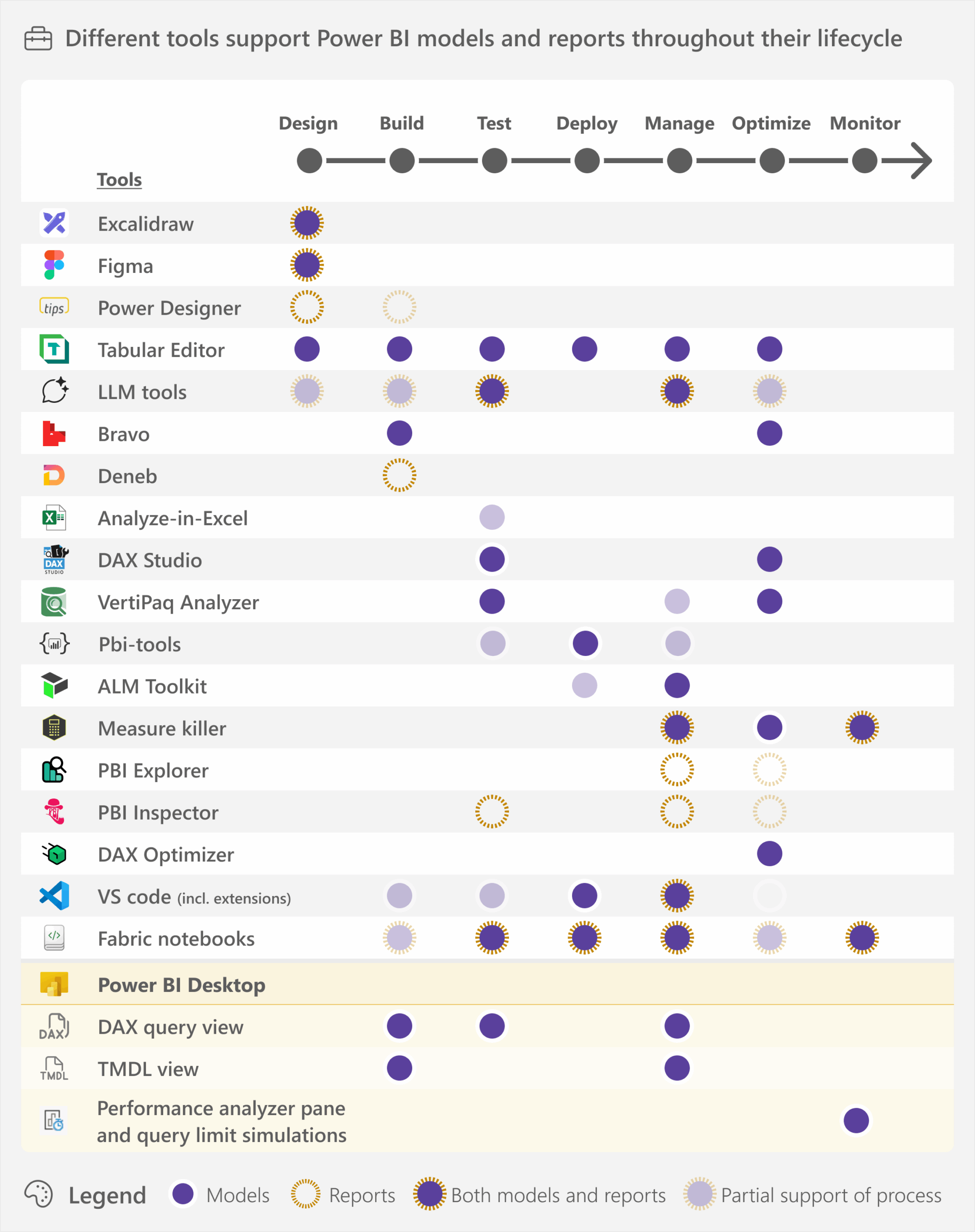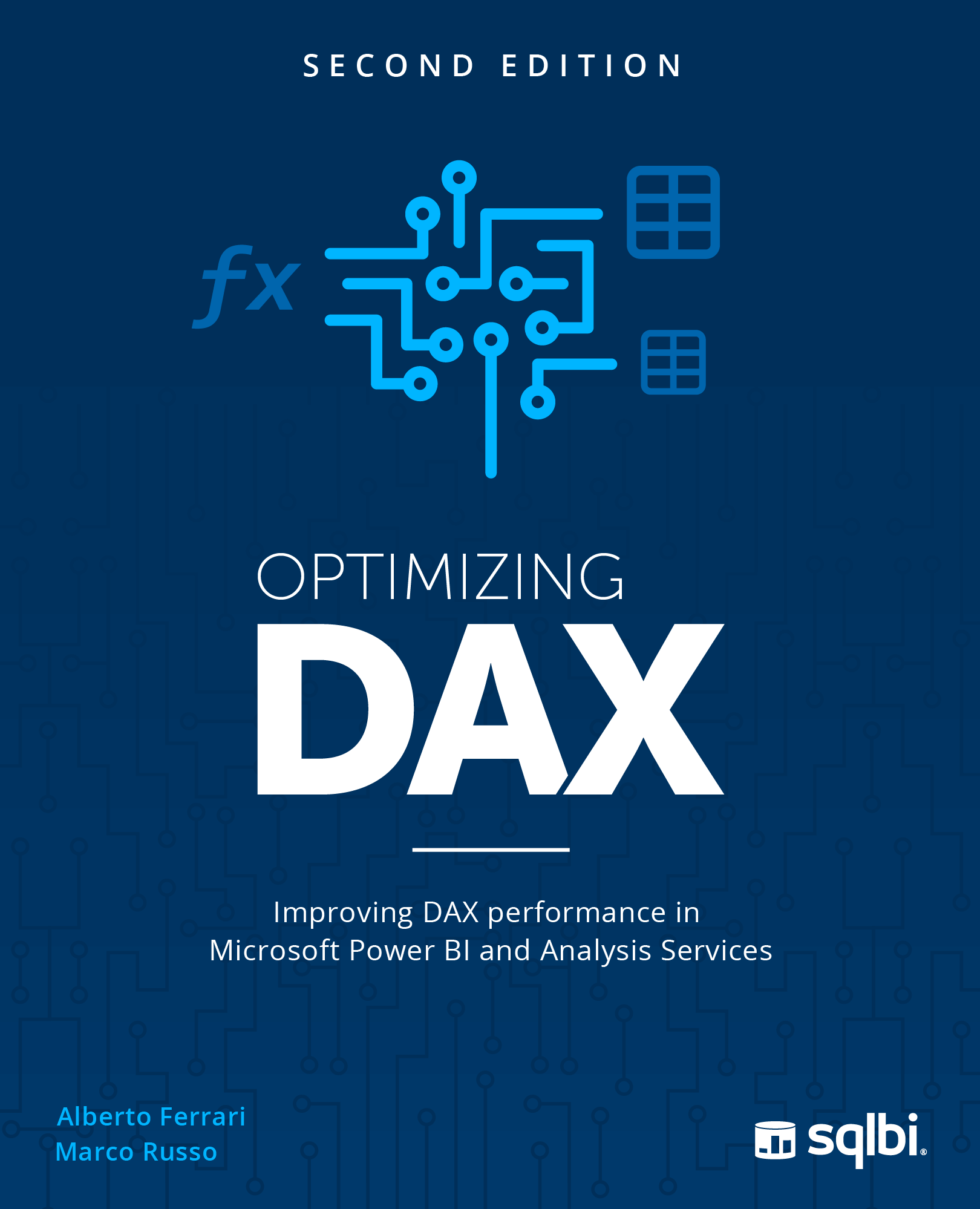Topic: SSAS
-
This article gives an overview of some of the available tools that can help you create semantic models and reports. Read more
-
There are not so many books about MDX and it’s strange considering that it is a very sophisticated languages that requires years for learning (I’m not kidding). I started learning MDX in 1999 and after so many years, I still have to learn something. I’ve Read more
-
It is finally available the SSAS 2008 book I wrote with Chris Webb and Alberto Ferrari : Expert Cube Development with Microsoft SQL Server 2008 Analysis Services . The book is also available on Amazon . You can also read a sample chapter for free. We Read more
-
Still some consideration about Gemini. In the last few days, I've seen some interesting posts and comments. Chris is still worried about the lose of control, and I agree with him that metadata are a key part of a complete BI solution, and today we are Read more
-
I will be a speaker at PASS Summit 2010 (November 8-11, 2010 - Seattle, WA) and sessions have been published yesterday. I am currently writing the last chapter of the book about PowerPivot that will be available in September, so I’m confident it will Read more
-
I recently encountered an issue using DRILLTHROUGH with ROLAP dimension and I wasn’t able to find any good information making searches about it, so I think it’s a good idea writing a few notes. Probably I will write a more complete on the DRILLTHROUGH Read more
-
If you think that the end of the year would have been a quiet time because the Power BI team will skip their monthly release (but are we sure?), you might be reassured (or disappointed depending on your perspective) looking at the news I have in this Read more
-
The 2015 has been an amazing year for Power BI. One year ago, I was commenting on this blog the public preview of Power BI dashboards. A few days ago, Microsoft released the December update of Power BI Desktop and several updates of the Power BI service. Read more
-
We are proud to announce the availability of our new book, Optimizing DAX. Read more
-
Writing measures referencing other measures is in general a good idea that simplifies the DAX code, but you might face specific bottlenecks. This article describes which performance issues might arise when different measures aggregate the same column using different filter… Read more


